Why are Citations Important in a Research Paper?
Citing a research paper isn’t just about following rules—it’s about giving credit where it’s due. When we write, we often use information from others to support our ideas. By citing, we show where that information came from, giving proper credit to the original authors.
Think of citations as saying, “Here’s where I got this idea or fact.” It’s a way of being fair and respectful to the people who did the work before us.
While citing might feel like a chore, it’s super important!
- Builds Credibility: When you cite sources, it shows your ideas are backed by reliable information. It’s like saying, “Experts agree with me!”
- Avoids Plagiarism: Giving credit prevents you from accidentally claiming someone else’s work as your own.
- Helps Readers Explore More: Your references guide readers to learn more about your topic.
- Boosts Quality: Citations show you’ve done your research and used trusted sources.
- Joins the Academic Conversation: Your work becomes part of a bigger discussion in your field.
- Respects Intellectual Property: Just like you’d want credit for your work, others deserve it too.
- Creates a Resource: Your reference list can be a helpful starting point for others interested in your topic.
What is the Appropriate Level of Citation?
When citing sources, it’s important to get the balance right. Too little citation, too much citation, or citing in the wrong way can lead to issues in your work. Let’s break it down into three categories: undercitation, overcitation, and unethical citations.
Here's what each one means and how to avoid them:
Type of Citation | What It Means | How to Avoid It |
Undercitation | Not citing enough sources or omitting important references. This can make your work seem unsupported or plagiarized. | Make sure you credit all sources that influenced your work, even if you’ve paraphrased or summarized. |
Overcitation | Citing too many sources or including unnecessary citations that don’t really support your argument. It can make your paper look cluttered and unclear. | Only cite sources that directly contribute to your ideas or arguments. Be selective! |
Unethical Citations | Citing sources dishonestly, like adding references you didn’t actually use, or misrepresenting a source’s ideas. This is considered plagiarism. | Always be honest with your citations. Only include sources you’ve actually read or referenced. |
When to Cite a Source?
Here are the main situations when you should give credit to a source:
- When You Use Someone Else's Ideas
If you’re sharing an idea, theory, or concept that isn’t your own, give credit to the original author.
- When You Directly Quote Someone
Whenever you quote someone's exact words, you need to put it in quotation marks and cite the source.
- When You Paraphrase or Summarize
Even if you put someone else's ideas into your own words, you still need to cite the source.
- When You Use Data or Research Findings
If you’re using statistics, research results, or any factual data from another study, cite where you found it.
- When You Refer to a Specific Work or Event
Cite when you mention a book, article, movie, or any work that is central to your argument or discussion.
Remember, if you're unsure whether to cite something, it's always safer to include a citation! There are various citation styles to help you give credit to the sources used in your research paper. We'll go over these styles and provide examples below.
APA Style Research Paper Format
The American Psychological Association (APA) style is commonly used in the social sciences, providing a standardized format for research papers.
Here's a brief overview of the APA 7th Edition:
Section | Description |
Title Page | Includes the title of your paper, your name, and your institutional affiliation. May also include the running head—a shortened version of your title. |
Abstract | A concise summary of your paper, briefly describing the research question, methods, results, and conclusions. Usually does not exceed 250 words. |
Introduction | Introduces your research topic, outlines your research question, and presents the purpose and significance of your study. |
Method | Details how you conducted your research, including information on participants, materials, and procedures. |
Results | Present your findings, often using tables and figures. It's crucial to report your results objectively. |
Discussion | Interprets your results, relate them to your research question, and discusses their implications. May also suggest areas for future research. |
References | Lists all the sources you cited in your paper, including books, articles, and other materials. |
How To Cite A Research Paper in APA Style
Citing a research paper in APA style involves providing in-text citations and creating a reference entry at the end of your paper. Here's how to handle in-text citations and format your reference list:
1. In-Text Citations
In-text citations are used to give credit to authors when you mention their work in your paper. There are two main types: parenthetical citations and narrative citations.
- Parenthetical Citations
This is when you place the citation in parentheses at the end of the sentence. You include the author’s last name, the year of publication, and the page number if directly quoting. - Example for a Book:
(Simon, 2020) – Used when paraphrasing or referring to an entire work.
(Simon, 2020, p. 45) – Used when directly quoting from a specific page. - Example for a Journal Article:
(Jones & Brown, 2018) – Used for citing two authors.
(Jones et al., 2018) – Used for three or more authors.
(Jones & Brown, 2018, p. 22) – Used when quoting directly from a specific page. - Example for an Online Source (no page numbers):
(Johnson, 2019, para. 5) – Use "para." to indicate paragraph numbers if there are no page numbers. - Narrative Citations
In this style, the author's name is part of the sentence, followed by the year of publication in parentheses. If you're quoting directly, the page number is included as well. - Example for a Book:
Simon (2020) explains that...
Simon (2020, p. 45) directly quotes, “...”
Example: Simon (2020) states that the topic is critical. |
B. Example for a Journal Article:
Jones and Brown (2018) note...
Jones et al. (2018) argue that...
Jones and Brown (2018, p. 22) directly quotes, “...”
Example: Jones and Brown (2018) suggest that... |
2. Reference List Entry:
In the references section, provide detailed information about each source.
Format for a journal article: Author, A. A., Author, B. B., & Author, C. C. (Year). Title of article. Title of Journal, volume number(issue number), page range. DOI or URL if available.
For a Book: Simon, J. A. (2020). Title of Work: Capital Letter Also for Subtitle. Publisher. |
For a Journal Article: Jones, M., & Brown, K. (2018). Title of Article. Title of Journal, volume number(issue number), page range. DOI or URL. |
For an Online Source: Johnson, P. (2019, May 10). Title of Article. Title of Website. URL. |
MLA Style Research Paper Format
The Modern Language Association (MLA) style is commonly used in the humanities, providing a standardized format for research papers.
Here's a brief overview of the MLA research paper format:
Section | Description |
Title Page | MLA papers usually do not have a separate title page. Include your name, instructor's name, course title, and date on the first page in the upper left corner. |
Header | Include a header on each page with your last name and the page number, aligning to the right margin. |
Heading and Title | The title is centered on the first page. A header with your name and page number appears at the top right. No bold or underlining is used for the title. |
Margins and Font | Use 1-inch margins on all sides and a legible 12-point font (e.g., Times New Roman). |
Spacing | Double-space the entire paper, including the Works Cited page. |
Works Cited Page | List all sources on a separate Works Cited page, with entries organized alphabetically. |
How To Cite A Research Paper in MLA Style
Citing a research paper in MLA style involves both in-text citations and creating a corresponding entry on the Works Cited page. Here’s how to do both:
1. In-Text Citations:
In-text citations in MLA style follow a simple format: (Author's Last Name Page Number). These citations are placed at the end of the sentence that contains the cited information. There are two main types of citations: parenthetical citations and narrative citations.
- Parenthetical Citations
In a parenthetical citation, the author's last name and the page number are placed in parentheses at the end of the sentence. - Example for a Book:
(Simon 45) - Used when paraphrasing or referring to a general idea from the entire book. - Example for a Journal Article:
(Jones 22) - Used when citing a single author.
(Simon and Brown 56) - Used when citing two authors.
(Jones et al. 78) - Used when citing three or more authors. - Example for an Online Source (no page numbers):
(Johnson) - Use when there are no page numbers available, simply use the author's last name. - Narrative Citations
In a narrative citation, the author’s name is included in the sentence itself, followed by the page number in parentheses. - Example for a Book:
Simon (45) suggests that... - Example for a Journal Article:
Jones (22) explains...
Simon and Brown (56) argue...
Jones et al. (78) note…
2. Works Cited Entry:
- Format for a book: Author's Last Name, First Name. Title of Book. Publisher, Publication Year. For instance,
For a Book: Simon, John. Title of Book. Publisher, Publication Year. |
- Format for a journal article: Author's Last Name, First Name. "Title of Article." Title of Journal, vol. number, no. number, Year, pages. For example;
For a Journal Article: Jones, Mary. "Title of Article." Title of Journal, vol. number, no. number, Year, pages. |
- Format for an online source: Author's Last Name, First Name. "Title of Webpage." Name of Website, URL. For example;
For an Online Source: Johnson, Peter. "Title of Webpage." Name of Website, URL. |
- No Author?
Start with the title and alphabetize the entry in the Works Cited.
"Healthy Eating." Name of Website, URL. |
Remember to follow these guidelines consistently throughout your paper. MLA style focuses on simplicity and readability, enhancing the overall presentation of your research paper.
Harvard Style Research Paper Format
The Harvard citation style uses a flexible author-date system for academic writing. It focuses on giving clear, brief details in the text and providing a full reference list at the end.
- Formatting:
Harvard style typically uses a readable font (e.g., Times New Roman) and requires 1-inch margins on all sides.
- Title Page:
The Harvard style doesn't mandate a specific title page format. However, a typical title page might include the title of your paper, your name, and institutional affiliation.
How To Cite A Research Paper Harvard Style
The Harvard citation style uses dates and author names in the text, making it easy to include citations.
At the same time, it ensures that your list of references is carefully organized and detailed.
1. In-Text Citations:
In Harvard style, in-text citations consist of the author's last name and the publication year, enclosed in parentheses and placed within the text.
Example: (Simon 2020) |
2. Reference List:
A thorough reference list at the end of the paper includes all sources cited in the text. Entries are organized alphabetically by the author's last name.
Example for a book: Simon, J. (2020). Title of Book. Place of publication: Publisher. |
Example for a journal article: Simon, J. (2020). "Title of Article." Title of Journal, volume number(issue number), page range. |
Example for an online source: Simon, J. (2020). "Title of Webpage." Name of Website. URL. |
3. In-Text Citations for Multiple Authors:
In Harvard style, when you're mentioning a source with multiple authors in your text, how you cite depends on the number of authors.
Here are examples of how to cite a research paper with multiple authors:
For two authors: (Simon and Jones 2020) |
For three or more authors: (Simon et al. 2020) |
4. Quoting Directly:
When quoting directly, include the page number.
Example: (Simon 2020, p. 45) |
Adhering to these guidelines ensures that your citations are clear, accurate, and consistent with the Harvard citation style, contributing to the professionalism of your research paper.
Chicago Style Research Paper Format
The Chicago Manual of Style (CMOS) offers two citation styles:
- The Notes and Bibliography system (commonly used in literature, history, and the arts).
- The Author-Date system (commonly used in the sciences).
Here, we'll focus on the Notes and Bibliography system, as it's more common for research papers.
- Title Page:
The title page typically includes:
- Title of the paper
- Your name
- The course title
- Instructor's name
- Date
Specific requirements may vary, so consult your instructor or institution.
- Footnotes/Endnotes:
Chicago style uses footnotes or endnotes for in-text citations.
When you cite a source in the text, a superscript number is placed, and the citation details appear at the bottom of the page (footnote) or at the end of the paper (endnote).
- Reference Page (Bibliography):
A comprehensive bibliography appears at the end of the paper and includes all sources cited in the footnotes or endnotes. Entries are organized alphabetically.
How To Cite A Research Paper in Chicago Style
Here are different cases of using Chicago style research paper format with examples:
1. In-Text Citations:
When citing a book: Author's First Name Last Name, Title of Book (Place of publication: Publisher, Year), page number.
Example: ^1 John Simon, The History of Chicago (Chicago: University of Chicago Press, 2020), 45. |
When citing a journal article: Author's First Name Last Name, "Title of Article," Title of Journal volume number (Year): page range.
Example: ^2 Jane Doe, "Historical Insights," Journal of History 25 (2019): 123-135. |
2. Footnotes/Endnotes:
The superscript number in the text corresponds to the numbered citation in the footnote or endnote, providing detailed information about the source.
3. Bibliography Entry:
Arrange entries alphabetically by the author's last name.
Format for a book: Simon, John. The History of Chicago. Chicago: University of Chicago Press, 2020. |
Format for a journal article: Doe, Jane. "Historical Insights." Journal of History 25 (2019): 123-135. |
In Chicago style, the Notes and Bibliography system allows for comprehensive and detailed citations, providing readers with the information needed to locate the sources.
Always check for specific requirements from your instructor or institution.
ASA Style Research Paper Format
The American Sociological Association (ASA) citation style is commonly used in sociology and social sciences. Here's a brief overview of the ASA format:
Section | Description |
Title Page | Includes title, author name, affiliation, and page number. |
Abstract | A 150-200 word summary of the research. |
Introduction | Introduces the research topic, problem, and study purpose. |
Methodology | Describes research methods, participants, and procedures. |
Results | Presents research findings, often with tables or figures. |
Discussion | Interprets findings, discusses implications, and suggests future research. |
References | Lists all cited sources, formatted per ASA guidelines. |
How To Cite A Research Paper in ASA Style
Citing a research paper in ASA style requires in-text citations and a reference list at the end of your paper. Here’s how you can cite sources in ASA style:
1. In-Text Citations
In ASA style, in-text citations include the author's last name and year of publication. If you're directly quoting, you'll also include the page number. The citation format can either be parenthetical or narrative.
Parenthetical Citations
In this format, the author’s last name, the year of publication, and the page number (if quoting) appear in parentheses at the end of the sentence.
- Example for a Book:
- (Simon 2020) – Used when paraphrasing or referring to an entire work.
- (Simon 2020: 45) – Used when directly quoting from a specific page.
- Example for a Journal Article:
- (Jones and Brown 2018) – Used for citing two authors.
- (Jones et al. 2018) – Used for citing three or more authors.
- (Jones and Brown 2018: 22) – Used when quoting directly from a specific page in the article.
- Example for an Online Source (no page numbers):
- (Johnson 2019) – Use when there are no page numbers available.
II. Narrative Citations
In a narrative citation, the author’s last name is integrated into the sentence, followed by the year of publication in parentheses. If you’re quoting directly, the page number is included.
- Example for a Book:
- Simon (2020) explains that...
- Simon (2020: 45) directly quotes, “...”
- Example for a Journal Article:
- Jones and Brown (2018) argue that...
- Jones et al. (2018) suggest...
- Jones and Brown (2018: 22) quote, “...”
2. Reference List Entry
Your reference list in ASA should be alphabetized and formatted according to the type of source you are citing. Here’s how to format entries for various sources:
For a Book:
- Last Name, First Name. Year. Title of Book. Publisher.
- Example: Simon, John A. 2020. Social Research: Methods and Practices. University Press.
For a Journal Article:
- Last Name, First Name, and First Name Last Name. Year. "Title of Article." Title of Journal Volume(Issue): Page range. DOI (if available).
- Example: Jones, Mark, and Karen Brown. 2018. "Social Change in Urban Communities." Sociology Review 33(2): 45-60. https://doi.org/10.1234/socreview.2018.12345.
For an Online Source:
- Last Name, First Name. Year. "Title of Article." Title of Website. Retrieved Month Day, Year (URL).
- Example: Johnson, Peter. 2019. "The Evolution of Social Theories." Sociology Online. Retrieved May 10, 2019 (https://www.sociologyonline.com/articles/the-evolution-of-social-theories).
IEEE Style Citation Guide
The Institute of Electrical and Electronics Engineers or IEEE citation style is commonly used in technical and scientific fields, particularly in engineering, computer science, and information technology.
Here’s an overview of the IEEE research paper format:
Section | Description |
Title Page | Includes the title of the paper, the author’s name, and institutional affiliation. |
Abstract | A brief summary of the paper, typically 150-250 words, highlighting the research question, methods, results, and conclusions. |
Introduction | Introduces the research topic, provides background, and outlines the purpose of the study. |
Methodology | Describes the research design, methods used for data collection, and analysis. |
Results | Presents the research findings, often including tables, figures, and graphs. |
Discussion | Interprets the results, discusses their significance, and suggests further research. |
References | Lists all cited sources, following the IEEE citation style. Sources are listed in numerical order, based on the order they appear in the text. |
1. In-Text Citations in IEEE Style:
In IEEE style, in-text citations are numbered and placed in square brackets. The citation number corresponds to the position of the source in the reference list. For example:
- Single Author: [1]
- Multiple Authors: [2], [3]
- Direct Quotes: When quoting directly, include the page number (if available). Example: [1, p. 22].
2. IEEE Reference List:
The reference list in IEEE is organized numerically in the order that the citations appear in the paper, not alphabetically. Each entry should include the author's initials and last name, followed by the title of the paper or book, publication source, volume/issue (if applicable), publisher, and year.
Examples of Common Citations:
Book: Journal Article: Conference Paper: Online Source: |
For more examples visit our IEEE research paper examples blog!
Examples of How to Cite a Research Paper
Understanding how to cite a research paper is important for maintaining academic integrity and giving credit to the sources that contribute to your work.
Let's take a look at some examples using the different citation styles:
In conclusion, knowing how to cite in research papers is crucial for academic success. Whether using APA, MLA, Chicago, or Harvard style, accurate citations show respect for others' work and make your research more trustworthy.
Remember to follow the guidelines for each style, ensuring your citations are precise and consistent.
Still, feel stuck? SharkPapers.com is your one-stop solution!
Our experts will craft any part of your research paper as well as assist you with references and citations. You can buy MLA, Chicago, or buy APA research papers from us at reasonable rates!
So, don’t worry, and let the best paper writing service online help you!
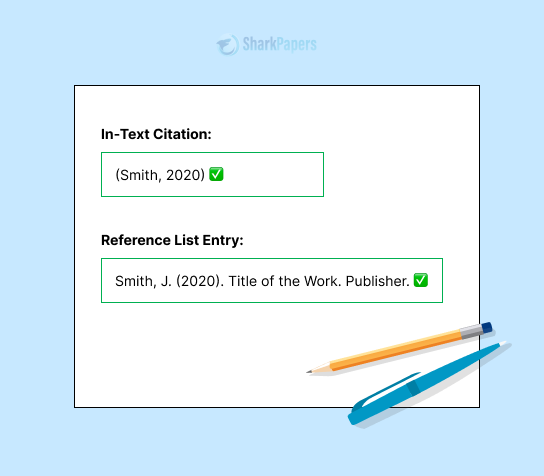

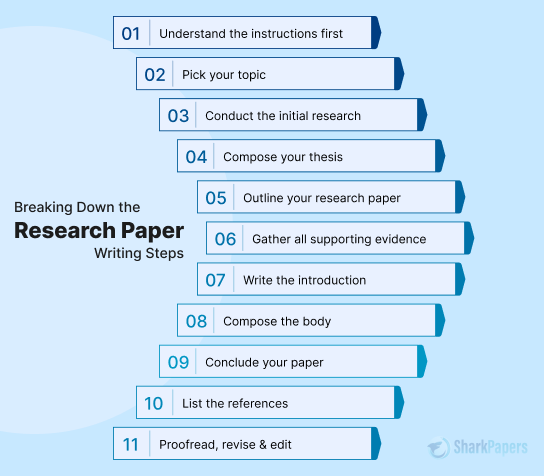






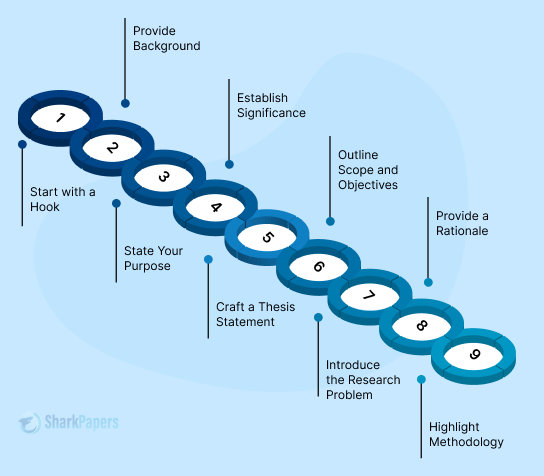

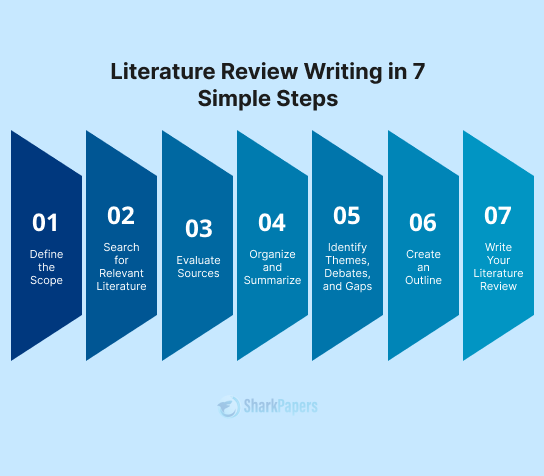
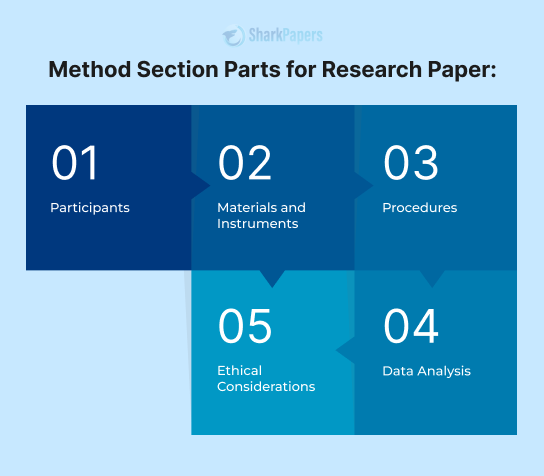
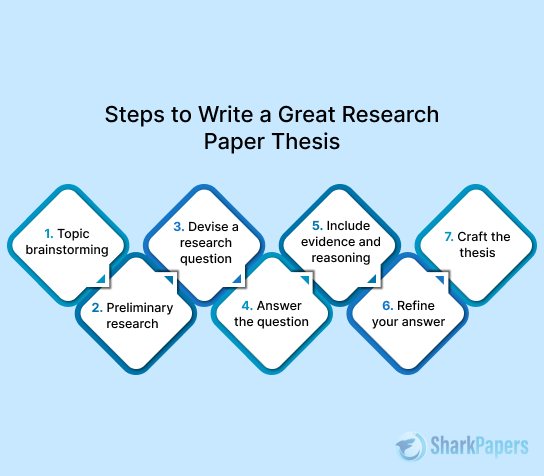
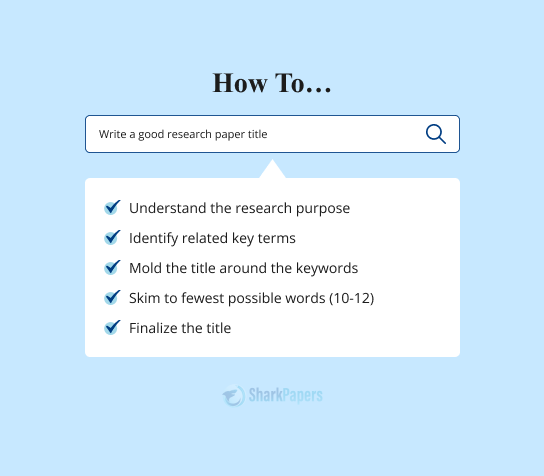
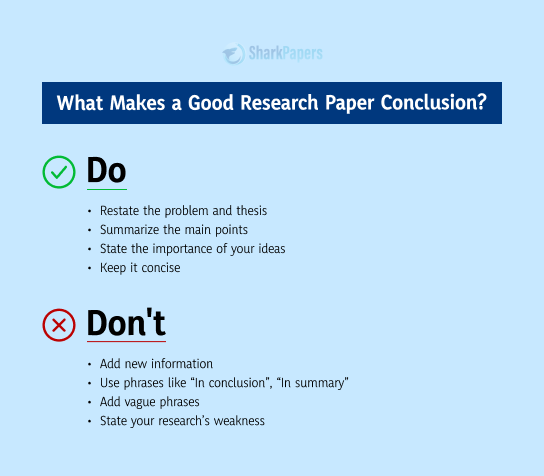
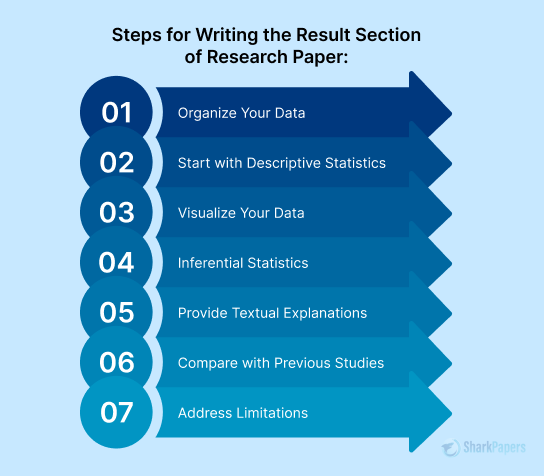
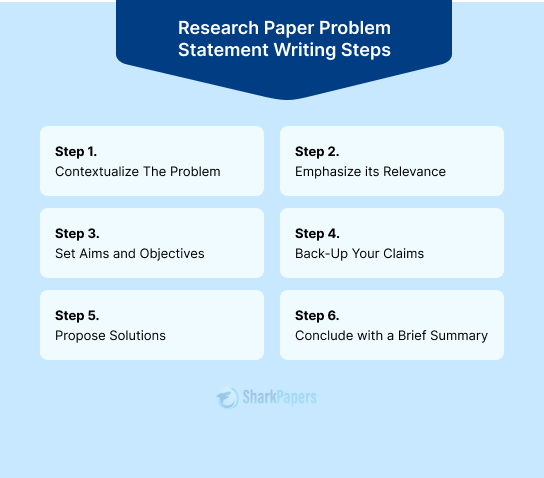
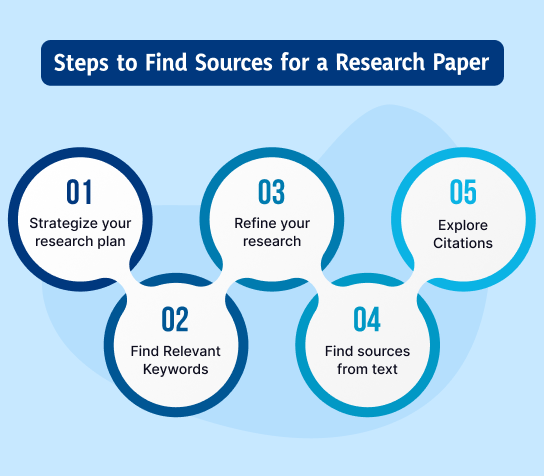
)
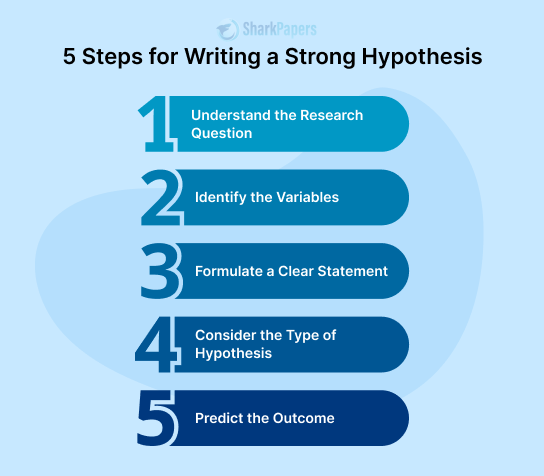

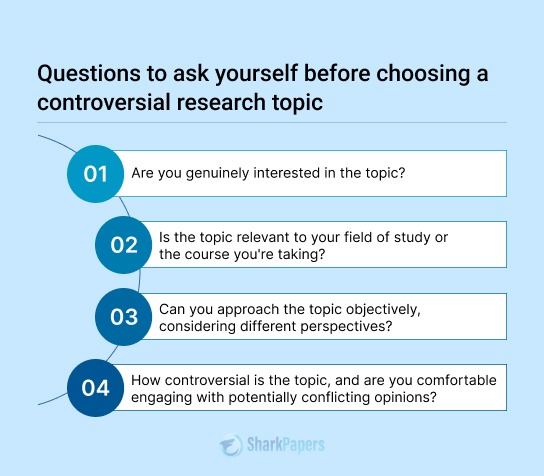
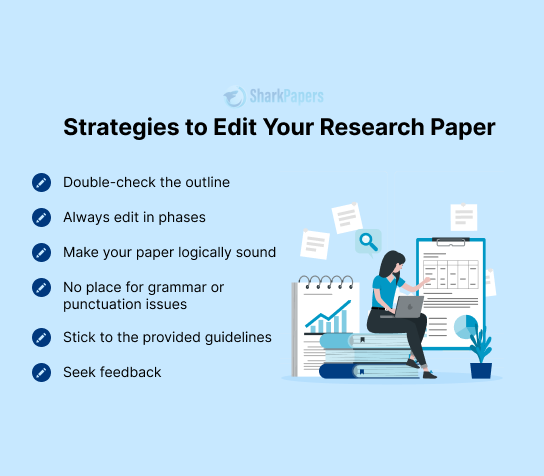
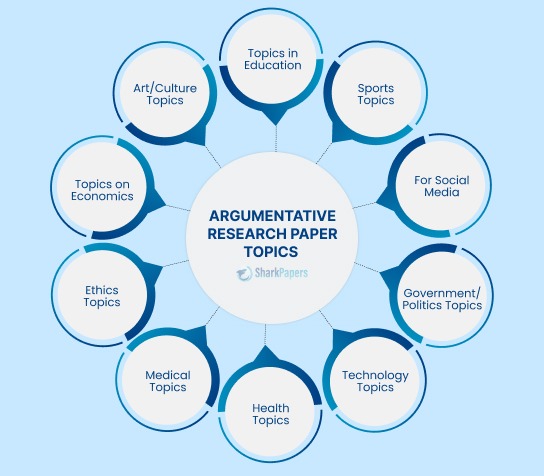



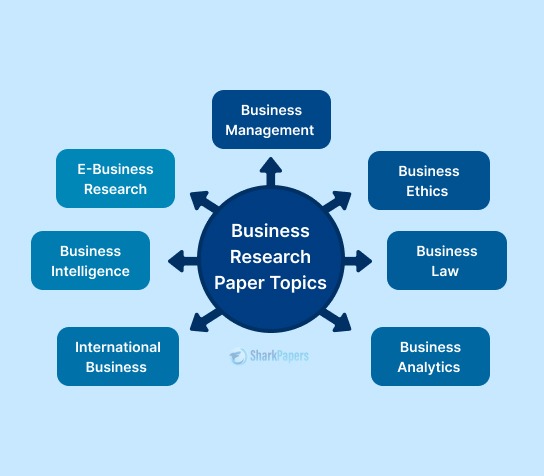
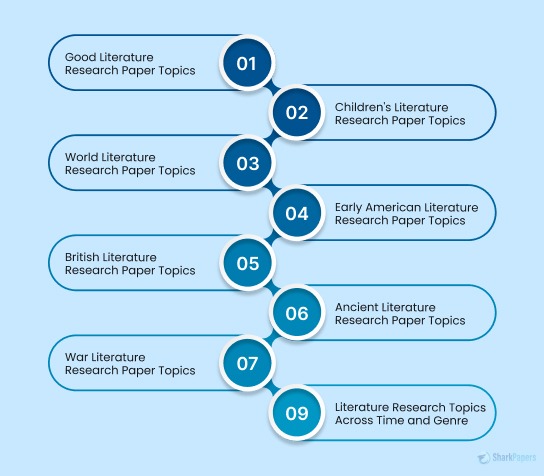
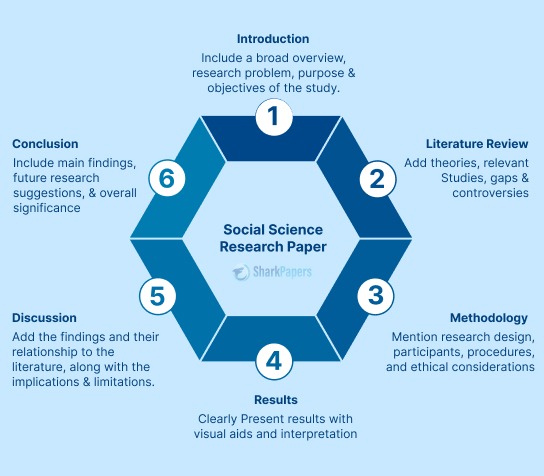
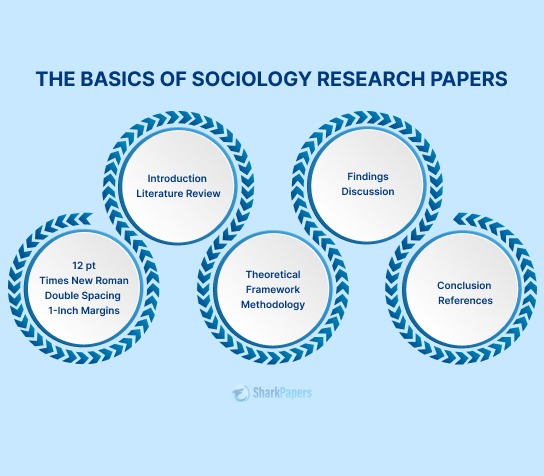


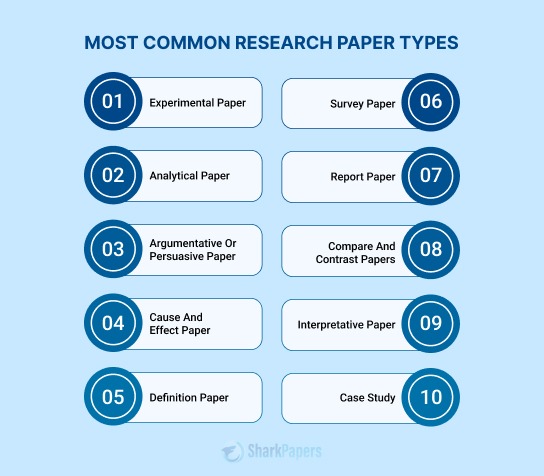

















-12114.jpg)














 Not seeing it? Check Promotions or Spam — inboxes get protective.
Not seeing it? Check Promotions or Spam — inboxes get protective.